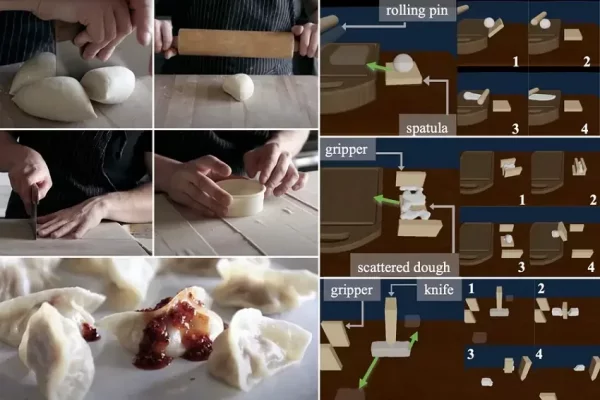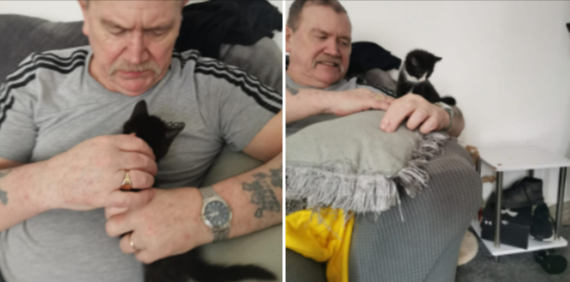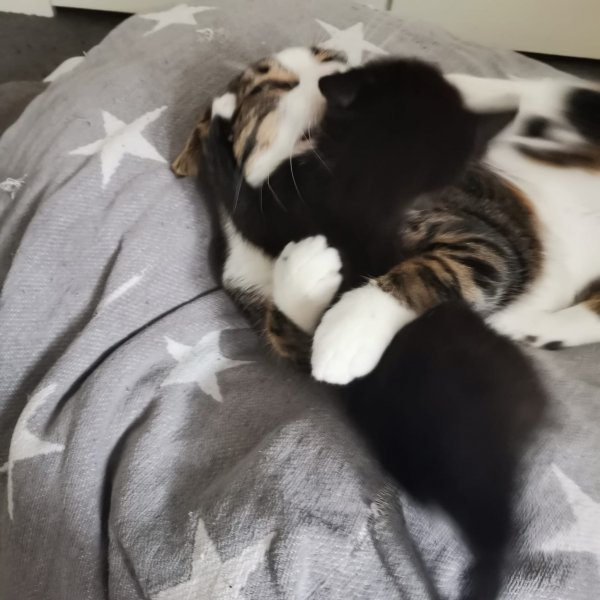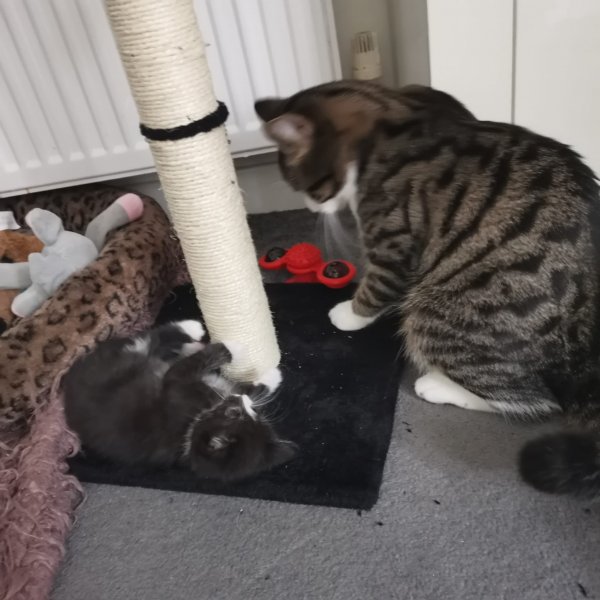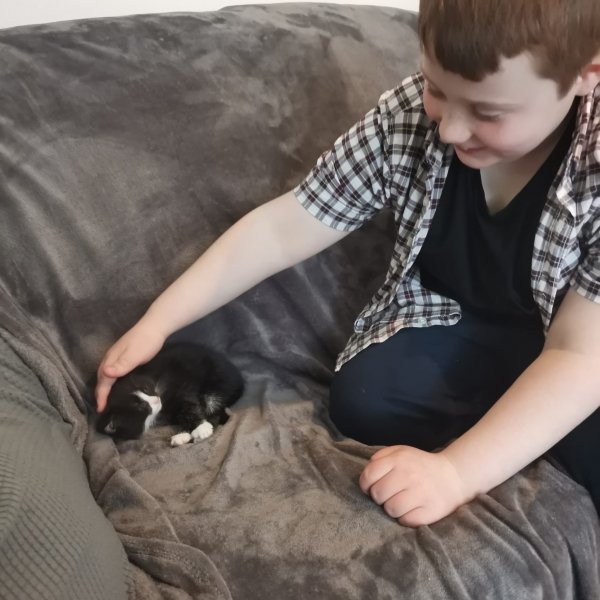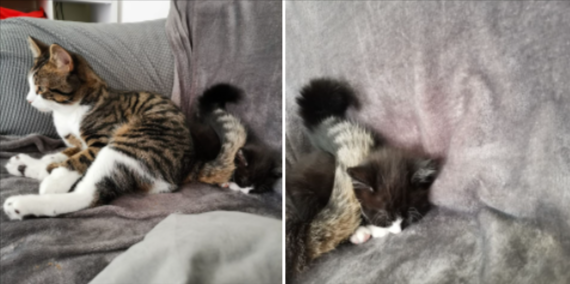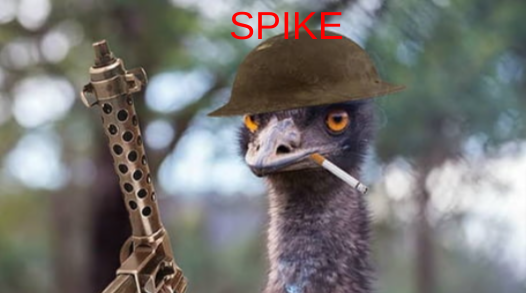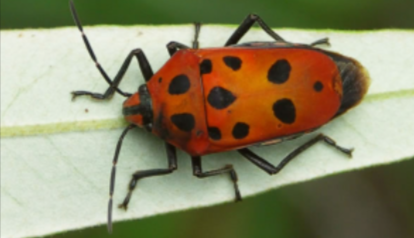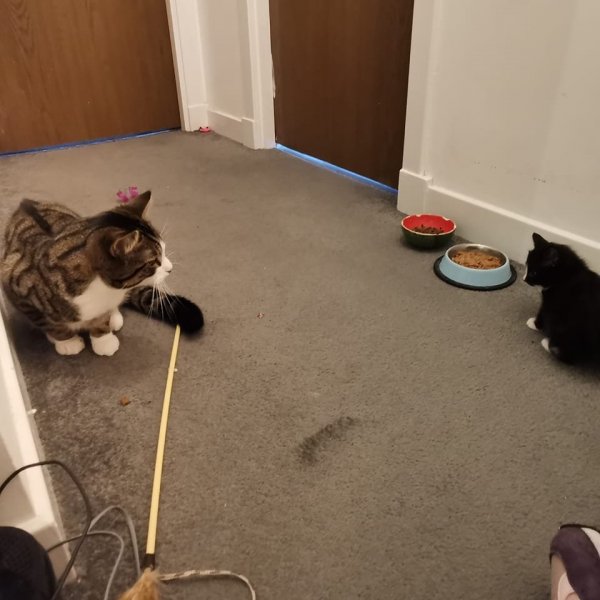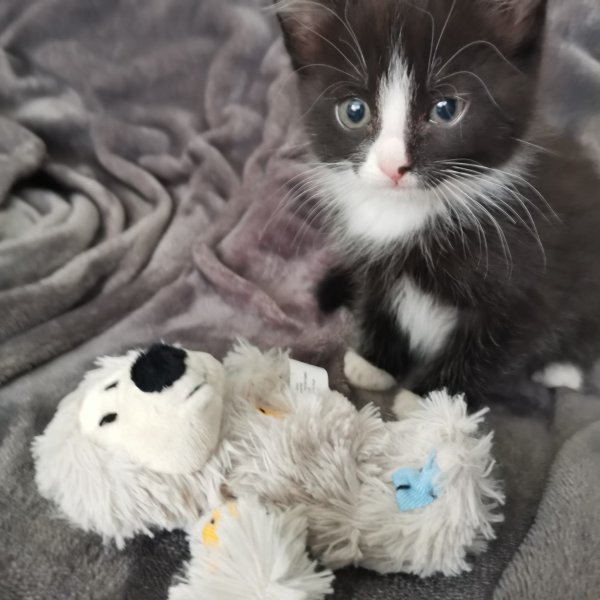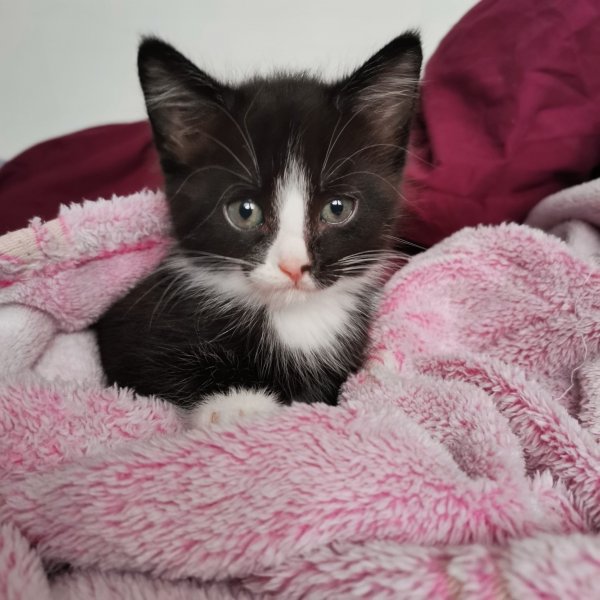-
Posts
20,847 -
Joined
-
Last visited
-
Days Won
49
Everything posted by CaaC (John)
-
Then I will be an early bird and have a peek
- 1,657 replies
-
- 1
-

-
- space exploration
- astronomy
-
(and 1 more)
Tagged with:
-
- 1,657 replies
-
- space exploration
- astronomy
-
(and 1 more)
Tagged with:
-
They take a lot of looking after though, the daughter has a glass container for Pixie and it's rigged up with an air conditioner and special lights, they are classed as a loner and do not like company and will only come out at night as they more or less sleep all day. The feeding bit is a no goer for the wife, the daughter buys live insects in a jar and releases them in the glass container, it will keep Pixie active catching them, the funny side of it is it keeps driving Pudding the cat crazy watching insects flying around in the glass container and Pixie with her tongue shooting out catching them.
-
- 1,657 replies
-
- space exploration
- astronomy
-
(and 1 more)
Tagged with:
-
Could this be the beginning of the end for your favourite pizza crust chef? Probably not, but US scientists have worked out a way to teach robots how to deal with pliable substances such as pizza dough. Robots find working with deformable objects like dough difficult for a variety of reasons. The shape changes continuously which is difficult to represent in an equation, while multiple steps or different tools are often required to do so. It’s also difficult for robots to learn a manipulation task with a long sequence of steps – where there are many possible choices to make – since their learning often occurs through trial and error. Now, researchers have come up with a better way to teach robots how to make pizza dough, by creating a new framework that uses a two-stage learning process. This method – which they’ve called DiffSkill – could enable a robot to perform complex manipulation tasks over a long timeframe, like making pizza bases. “This method is closer to how we as humans plan our actions,” says Yunzhu Li, a graduate student in the Computer Science and Artificial Intelligence Laboratory (CSAIL) at Massachusetts Institute of Technology (MIT) in the US and an author of a new paper presenting DiffSkill. “When a human does a long-horizon task, we are not writing down all the details. “We have a higher-level planner that roughly tells us what the stages are and some of the intermediate goals we need to achieve along the way, and then we execute them.” DiffSkill works by first having a “teacher” algorithm solve each step the robot must take to complete the task within a differentiable physics simulator (a computer simulation that models the physics of the real world). It’s what’s known as a trajectory optimisation algorithm that can solve short-horizon tasks where an object’s initial state and target location are close together. The “teacher” algorithm uses the information in the simulator to learn how the dough must move at each stage of the process, one at a time, and then outputs those trajectories. Then it trains a “student” neural network that learns to imitate these actions. The student uses two camera images, one showing the dough in its current state and the other showing the dough at the end of the task, as inputs which then generate a high-level plan to link different skills in order to reach the end goal. It then generates specific, short-horizon trajectories for each skill and sends commands directly to the tools. The scientists tested this technique with three different simulated dough manipulation tasks and found that DiffSkill was able to outperform other popular machine learning techniques that rely on a robot learning through trial and error. In fact, DiffSkill was the only method that was able to successfully complete all three dough manipulation tasks. “Our framework provides a novel way for robots to acquire new skills,” says lead author Xingyu Lin, a graduate student in the Robotics Institute at Carnegie Mellon University (CMU) in the US. “These skills can then be chained to solve more complex tasks which are beyond the capability of previous robot systems.” The researchers intend to improve DiffSkill’s performance by using 3D data as inputs instead of images (that can be difficult to transfer from simulation to the real world) and hope to apply the method to more diverse tasks like cloth manipulation. In the future, this method could be applied in settings where a robot needs to manipulate deformable objects, such as a caregiving robot that feeds, bathes, or dresses someone who is elderly or who has motor impairments. The research will be presented at the Tenth International Conference on Learning Representations (ICLR 2022), a machine learning and artificial intelligence conference held online from 25-29 April 2022. https://cosmosmagazine.com/technology/ai/robot-pizza-dough-making/
-
Radical Hindus are now claiming Australia is part of Akhand Bharat!
-
Finally got to see Banana Bob, Kaiden has decided to knock the Bob bit off the name so now it's just Banana, and he holds his own against Puddin and jumped on him asleep in his cat basket and had a good old cat scrap.
-
A fossilised Thescelosaurus leg has sparked controversy. Some scientists claim the well-preserved fossil represents an individual killed by the asteroid which caused the end of the geological era dominated by dinosaurs. But not everyone in the scientific community is convinced. A small, herbivorous non-avian dinosaur, Thescelosaurus lived at the end of the Cretaceous period. The limb, which includes the animal’s skin, was found in a layer of rock just below the distinct boundary between the Cretaceous and the post-dinosaur age. This boundary is made up of the sediment deposited by the Chicxulub asteroid impact 66 million years ago in what is now the Gulf of Mexico. The fossil’s location and likely fast preservation are suggestive. However, the lack of a peer-reviewed study published in a scientific journal has led some experts to doubt whether the dinosaur in question was necessarily the victim of cosmic bad luck, falling directly victim to the asteroid. Found on a dig in Tanis in the US state of North Dakota, the fossil is set to feature among other discoveries from the site in an upcoming BBC documentary. The crew spent three years filming at Tanis, roughly 3,000km from the Chicxulub crater. The documentary, Dinosaurs: The Final Day, hosted by Sir David Attenborough, will be broadcast on BBC One on April 15. Professor Paul Barrett, a researcher at the UK’s Natural History Museum in London, examined the leg for the BBC program. He told the BBC, “It is a stunning fossil … Skin preservation like this is still relatively rare.” He added: “While it is plausible that this Thescelosaurus was killed on the day of the strike, it’s also possible it was exhumed by the asteroid impact, and then mixed together with everything else in the aftermath. But the fact that it is so well-preserved suggests to me that even if the animal didn’t die as a result of the events that caused the deposit, it must have died very close in time to it.” The leader of the Tanis dig, Robert DePalma, a graduate student from the University of Manchester, UK, told the BBC that the Tanis site paints a picture of the dinosaurs’ final days. “We’ve got so many details with this site that tell us what happened moment by moment, it’s almost like watching it play out in the movies,” he said. “You look at the rock column, you look at the fossils there, and it brings you back to that day.” Other fossils found at Tanis include an extremely well-preserved embryonic pterosaur –flying reptiles which soared over the world of the dinosaurs – and fish with small particles in their gills. Once chemically analysed, it was determined that the particles are molten rock from the asteroid impact breathed in by the fish. “All the evidence, all of the chemical data, from that study suggests strongly that we’re looking at a piece of the impactor – of the asteroid that ended it for the dinosaurs,” said Professor Phil Manning, DePalma’s PhD supervisor. Peer-reviewed articles have been published on the site, including a 2019 paper on the glass spherules inhaled by the fish. More are promised. Until then, however, some claims remain open to doubt. Professor Steve Brusatte from the University of Edinburgh, UK, another consultant for the BBC program, is sceptical. For now. “Those fish with the spherules in their gills, they’re an absolute calling card for the asteroid,” he said. “But for some of the other claims … I’d say they have a lot of circumstantial evidence that hasn’t yet been presented to the jury. “For some of these discoveries, though, does it even matter if they died on the day or years before?” he added. “The pterosaur egg with a pterosaur baby inside is super-rare – there’s nothing else like it from North America. It doesn’t all have to be about the asteroid.” https://cosmosmagazine.com/history/palaeontology/fossil-dinosaurs-extinct/
-
Pope Field part of Fort Bragg, The Enemy (2004)... "In the last hours of 1989, Major Gen. Kenneth Kramer dies of a heart attack in a seedy North Carolina motel, apparently while in the company of a prostitute. Army MP Major Jack Reacher investigates..."
-
Kaiden's been away for a week on holiday and has just arrived back home and saw his new addition to the family now living there with him.
-
-
The Doc @Dr. Gonzo might know
-
The wife remembers the firefly when she was younger here in Scotland in the countryside, checking up the Lampyris Noctiluca is Britain’s only firefly. And it's true what you said, they are gradually disappearing. Why the lights are going out for fireflies
-
I loved these little bugs in Australia when we lived in Broadmeadows, a Harlequin Bug, we had loads of them in our back yard and they reminded me of a ladybug.
-
Can't say I have, I think in Australia they are more common in the likes of NSW and the Northern Territory than in Victoria, our other Aussie mob guys in here might know better.
-
I love the sounds of birds singing first thing in the morning, wake up in bed with the light shining through your window early morning, it's like an alarm clock really and the birds are your alarm. I've mentioned this before, in Australia when we had our house in the bush, sit outside on our patio early morning and listen to the black field crickets chirping away, normally summertime with a few cans of lager and then fall asleep and get woken up with bloody Australian bush fly's attacking you.
-
Horrible little things them and like you, I have not seen one for years either, thank fuck.
-
The only animal or insect whatever you want to call it I don't like is an earwig, I can remember as a young lad growing up in Tilbury, going into our coal shed, shaking a coal sack and a load of them would drop out with their backs up with their pinchers ready to bite, they made me shudder and I would run a mile. Plus I heard that they got the name earwig from crawling into people's ears and nesting.
-
I'm ok with spiders and I am our resident spider catcher here in the house, the biggest spider I have seen was in Australia when I was a young lad living in the bush, my mum would feed one that crawled down the outside wall and that was a tarantula.
-
Would you pick one up?
-
Puddin met his new resident, Banana Bob for the first time today, our daughter said Puddin was a little bit annoyed at first.
-

Manchester United Discussion
CaaC (John) replied to a topic in Premier League - English Football Forum
I hope not, the quicker he leaves and goes into the wild blue yonder the better. -
Our local chemist delivers our prescriptions when needed, they have a record of all our prescription times delivery wise and they must have it itemized on a computer, or our surgery and docs automatically issue the prescription to be picked up when they know our medication is due. All you have to do is go to your local chemist with your prescription and show them and they will fill a form out which you sign and they will deliver your medication when they know your medication is due or your last one is running out.

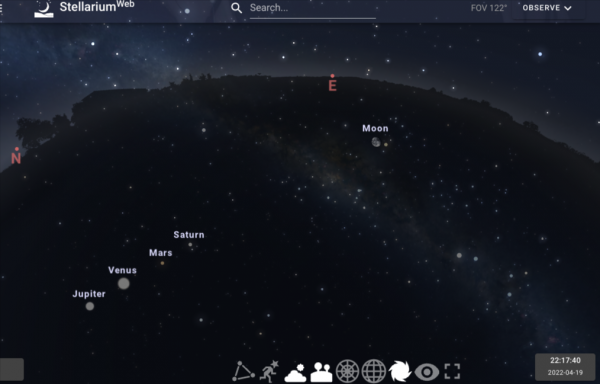
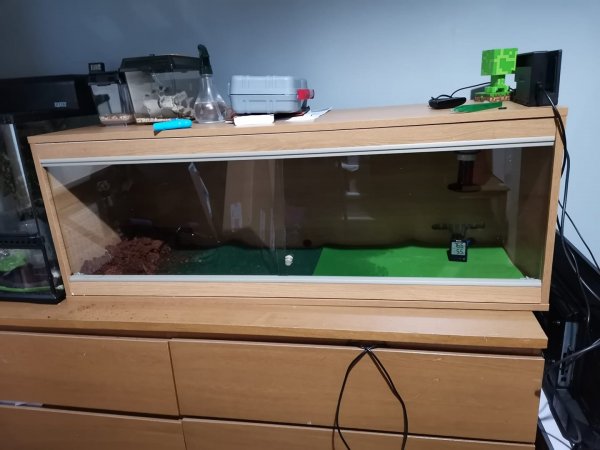
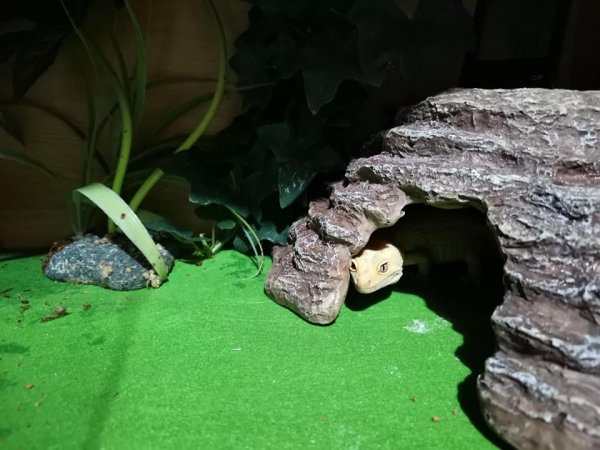
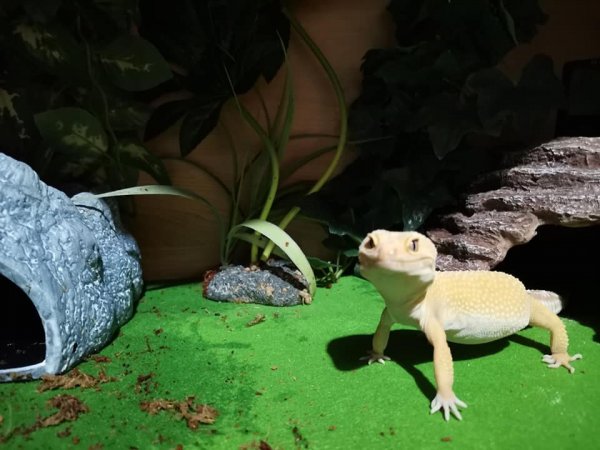

.thumb.png.a9e7e4f4b525d2e125001f640170aa47.png)
